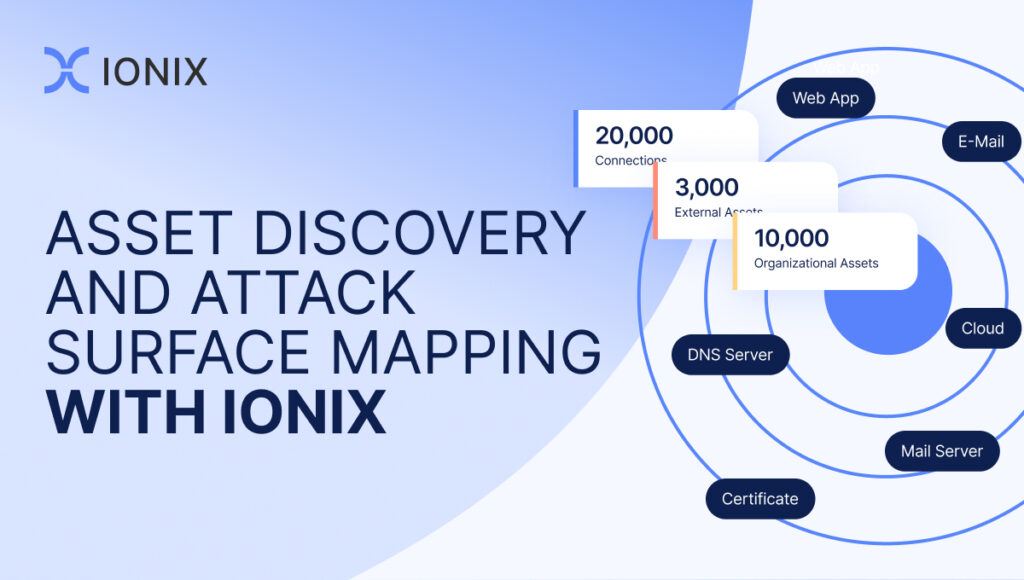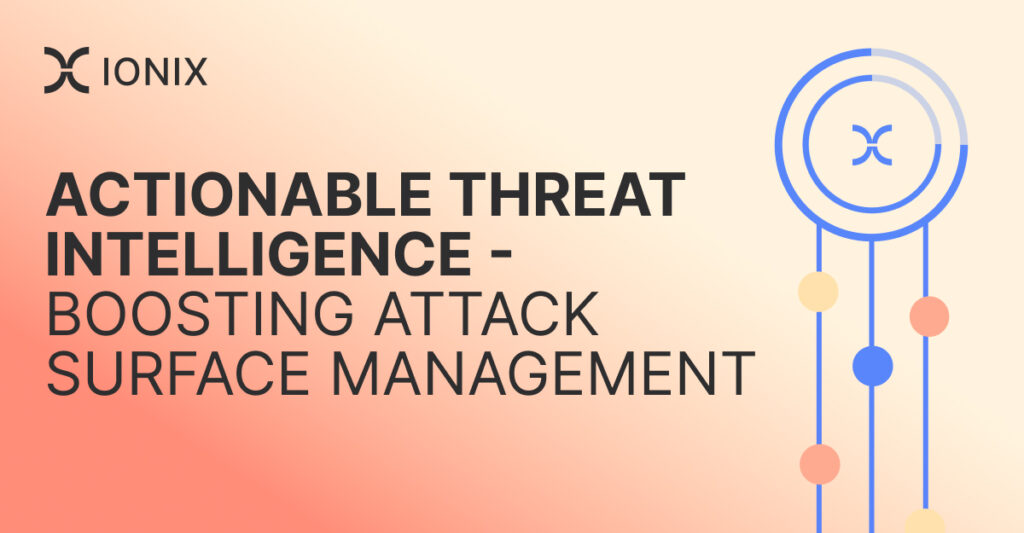Be Smart About Attack Surface Management Automation

What is Smart Automation in ASM?
Smart automation in ASM refers to the application of intelligent and adaptive technologies and tools to automate the attack surface management process. By leveraging machine learning algorithms and artificial intelligence technologies, enterprises can automate discovery and threat exposure, drastically reducing the time and resources required for the process. They can also minimize false positives and false negatives.
For example, by using ML asset models, organizations can effectively scour global data sources to identify and attribute organizational assets with increasing precision.
Moreover, smart automation is designed to learn from and adapt to organizational changes and emerging threats. Smart automation helps organizations stay ahead of attackers, ensuring that their systems are secure and resilient.
The Goal of Attack Surface Management
Let’s get straight to the point: the goal of Attack Surface Management (ASM) is to reduce risk by exposing and mitigating threats. Faster, simpler, and smarter – that’s the new mantra. The game has changed from gaining attack surface visibility to understanding the real threats your organization is exposed to.
In the shift from attack surface management to threat exposure management (TEM) – artificial intelligence (AI) and Machine Learning (ML) are not just the latest buzzwords; they are imperative. Smart automation is critical to better collaboration and swift action in today’s digital ecosystem to take advantage of the many benefits of attack surface management.
The Expanding Attack Surface
The enterprise attack surface (both internal and external) is complicated, sprawling, and more interconnected than ever. As the attack surface continues to expand dynamically, enterprises are increasingly exposed to threat actors’ activities, according to Gartner (part of the reason for the expanding size of the external attack surface market).
Leading drivers of attack surface expansion include:
- digital transformation initiatives
- cloud computing
- mobile and remote workers
- increasingly integrated third-party infrastructures
Manual Attack Surface Discovery is Slow
Despite the clear need for comprehensive ASM, it’s surprising that manual attack surface discovery is still a widespread practice. A recent ESG survey found that it can take organizations over 80 hours to complete their attack surface discovery. Not only is this a waste of resources, but it also means that the discovery process can’t be done frequently enough to track changes in the dynamic attack surface.
Flying Blind with False Negatives
False negatives in ASM represent potentially catastrophic blind spots. Unknown, unmanaged, and under-secured assets often become exposed to threats. This can lead to costly breaches and data loss.
So while visibility is not the end goal of attack surface management, it is the crucial first step. However, even this first step is increasingly difficult for organizations to achieve. Nearly three-quarters of organizations confessed, in an ESG survey, that they’re blind to at least 1 in 5 assets.
Plagued by False Positives
On the other hand, there is the plague of false positives. A false positive occurs when the system leads you on a goose chase by wrongly attributing an asset to your organization. It can also be a system crying wolf over a non-threat flagged as a high risk. False positives are less harmful directly than their negative counterparts. As their volume rises, however, they can pointlessly drain resources and divert attention from real, lurking threats.
Conclusion
In conclusion, to manage the ever-growing attack surface effectively, organizations need to adopt smart automation in their ASM practices. It is not just about increasing speed or reducing manual labor but about enhancing accuracy, improving resource allocation, and, ultimately, strengthening cybersecurity defenses.




